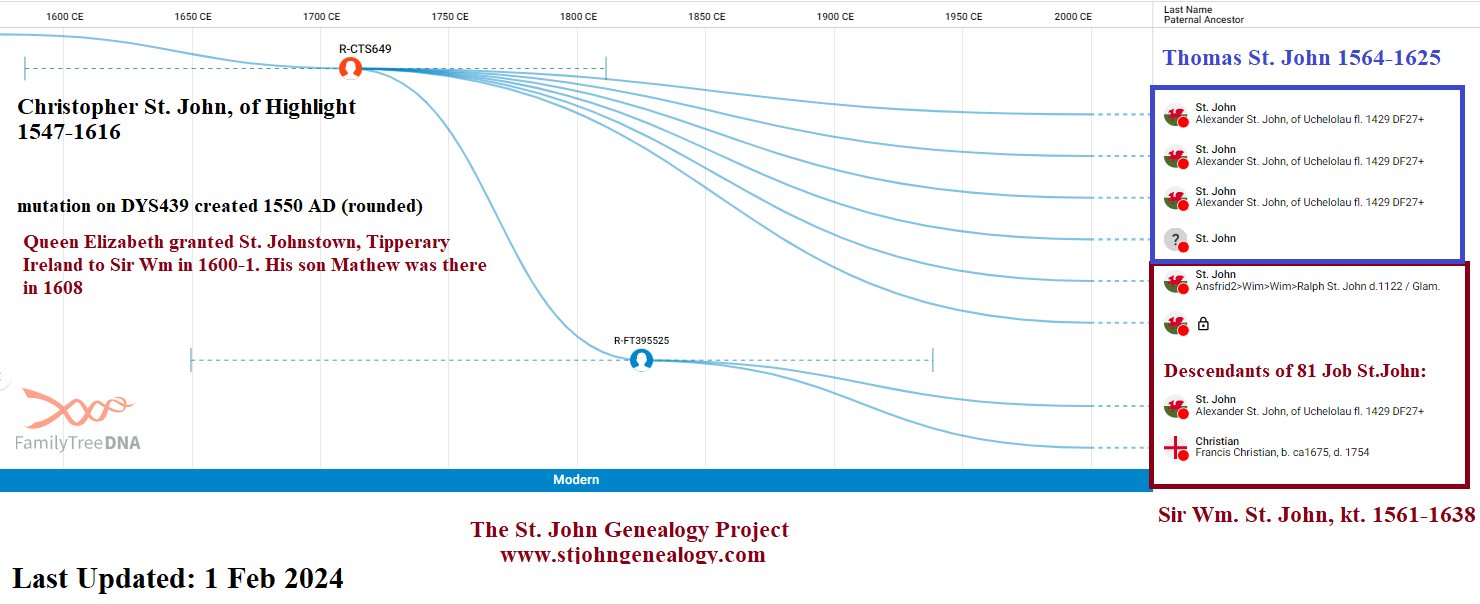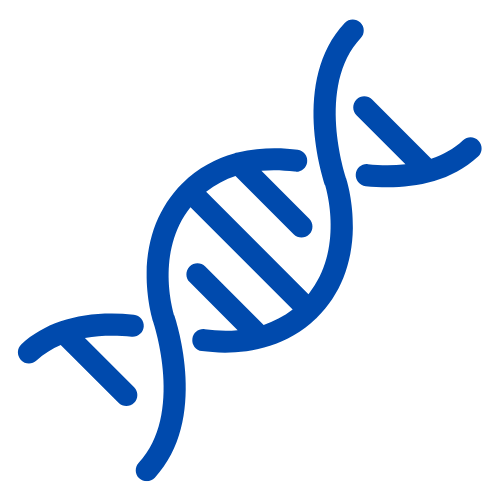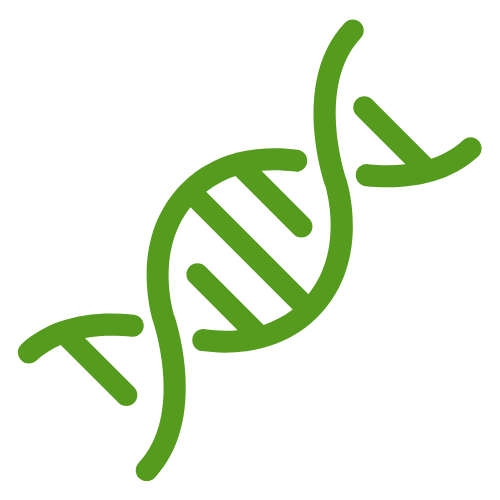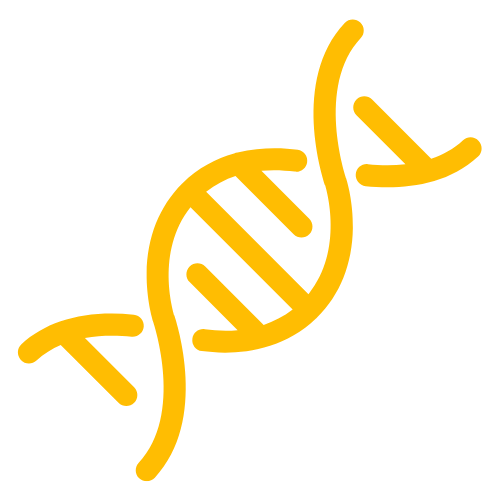Search
Membership Options (Required for Account Approval)InstructionsExisting Accounts without Membership expired June 15, 2024DO NOT SELECT THE MEMBERSHIP YOU DO NOT QUALIFY FOR.ACCOUNTS WILL BE ACTIVATED MANUALLY AFTER A CHECK OF THE CORRECT MEMBERSHIP SELECTION. 

In order to reach the financial obligations of our research project, access to this site is moving to paid membership. To make conclusions our project relies on purchasing primary records in digital form, paying to have them transcribed, paying for this site, and Big Y testing ($449.00 per test kit).
BIG Y Test Subjects and Editors email me for a link Once your subscription has processed, your account will be activated based on the package you purchased. 
St. John Genealogy Project BlogIn the top menu a link to our new blog has been added. This will replace individual documents that are too difficult to keep current as new information is found through research or DNA testing. If you're interested in writing articles related to our St. John families, biographies, genealogy in general, etc., feel free to register for an account (at the blog link), login and start writing using the available buttons. Note: Blog author accounts are not the same as user accounts for this main website.St. John Origin & AncestryThe St. John Genealogy Newsletter Est. 2018HistoryThis Ancestry and DNA project was initiated by the descendants of Sir William St. John, Knight (1561-1638) and his brother, Thomas St. John (1564-1625) of Highlight Abbey, Glamorgan, Wales beginning in 2001. Following King Henry VIII’s Dissolution of the Monasteries, in the 16th century, Highlight Abbey had been shut down and the village gradually depopulated. Highlight Abbey had been a Knights Hospitaller Abbey of the Order of St. John of Jerusalem. Depopulation of Highlight can be seen in various records that have survived into today. As part of this depopulation event the St. Johns and their nearest kin moved to London to join Parliamentary affairs and ultimately following the first Anglo-Spanish War, where in June 1605 a peace treaty was signed, Colonial America. The financial gains, the British acquired from this war, financed the expeditions of the Virginia Company of London (Jamestown) and of Plymouth (Popham). The sons of Christopher St. John, Esquire of Highlight (1547-1616) provide the most information for how the St. Johns, descendants of Knights Templars and Knights Hospitallers, founded and relocated to what has become America. Acreage acquired by these Adventurers were passed down to their descendants following the hereditary customs of being from an aristocratic and gentry social class of St. Johns in Normandy, England, Wales, and Ireland. These descendants, of Thomas St. John and his brother Sir William St. John, Knight, who later helped found the Connecticut Colony were classified as freemen, who had citizenship and land ownership rights based on their birthright. Thomas was the Master on the Popham Colony's ship, The Richard, that was taken captive by the Spanish off the coast of Florida. He bribed a guard for his freedom and returned to London a year later. His older brother, Sir William St. John, Knight was a founder of the Jamestown Colony, 1st English Governor of the African Colony, and a Vice Admiral in the English Royal Navy. Two other brothers, Captain Nicholas St. John and Lt. Alexander St. John were killed at St. Lucia Island while trying to colonize it for England when they got lost on their way to the African colony. These brothers were direct male descendants of Sir John St. John, Knight and 1st Baron St. John of Lageham, who descended from the first St. John, Ralph, of St. John at the end of the sea in Normandy.
Thanks to evidence gathered from records in St. Johnstown, Tipperary, Ireland and through AncestryDNA the descendants of Mathew St. John have been moved from under Thomas St. John to Sir William St. John, Knight. Sir William St. John, Knight died in January 1638 and in March 1638 his son Mathew was granted land rights from his father's involvement with the Jamestown Colony in the Connecticut Colony with his cousin, Mathias St. John. In 2020, the identity and origin of Ralph of St. John (c. 1036-1122) was discovered. Ralph descends paternally from the nephew of Rollo the Viking. Descendants of Mathias St. John 1601-1669 and his cousin Mathew St. John (c. 1578-15 Dec 1669) have primary records for every generation proving their descent from Ralph of St. John by way of the St. John family of Highlight, Glamorgan, Wales. Historians have merged the St. John family of Highlight with the de Port-St. John family of Fonmon and corrupted their ancestry.
Ralph, son of Wimund II, Seigneur de Haye-Pensel (Paynel) assumed the St. John surname by 1054. Ralph became the 'man' of St.John at the end of the sea near Mont St. Michel in Normandy, France but he is more prominently known as Ralph de Brehal and Ralph Paynel, the Domesday Tenant, [a merge with his son Ralph Paynel, Jr.]. Another son, Thomas of St. John, is remembered in the renaming of the village to St. Jean-le-Thomas. Ralph St. John-Paynel married the sister of Gilbert d'Lacy of Stantone in Domesday, Emma de Lacy.
One of Ralph's younger sons, John St. John, I of Stanton-St. John married the daughter of Hugh Plugenet of Headington and founded the St. John family of Stanton-St. John, Lageham, Instow, Barton, Godstow, and Swallowfield in England. He is the ancestor of the St. Johns of Uchel-olau (High-light), Glamorgan, Wales, Weobley Castle in Swansea and the American Immigrants: (brothers) Mathias St. John (1601-1669), Thomas St. John (1613-1698), and Nicholas St. John (1617-1689) and their paternal cousin, Mathew St. John (c. 1578-15 Dec 1669). He is also the ancestor of the descendants of James St. John and Thomas St. John from St. Johnstown, Tipperary, Ireland. is an English polygenetic surname: a surname that has more than one source or origin. Our St. John surname, however, comes from a village in Normandy formerly known as “Saint John at the end of the sea,” making it a toponymical surname because it is a surname derived from a place name. These surnames originated as non-hereditary personal by-names, and only subsequently came to be family names. For the nobility of St. John, it became a marker of their social status. St. John originally included the article, ‘de,’ in French, to mean ‘of’ [the village] Saint John [at the end of the sea].
Several secondary St. John surnames have been created through the years including: St. John-Paynel, de Port-St. John, Mewes-St. John, Poynings-St. John, Mildmay-St. John, and possibly others. While this project's main goal focuses on the original St. John lineage, it does include those other paternal families that share the St. John surname. There are many false claims regarding persons of the St. John surname. Historians have confounded specific individuals with others. Articles and books often describe confusing and conflicting claims. Unsubstantiated theories have been added to research sites as legitimate records. This site attempts to fix these issues with primary records and DNA testing by identifying as many living descendants and their direct lineages as possible. We have two DNA projects at FTDNA We can also review your AncestryDNA results if you share them with member 'stjohngenealogy@gmail.com' According to the College of Arms, any person who descends from a legitimate male descendant of Sir John St. John, 1st Baron St. John of Lageham inherit the right to his arms. Contact Us
|
 (Note: this chart only represents the few Y-DNA test subjects that have taken Big Y. For a full list of test kits refer to the FTDNA website under the St. John project.)
(Note: this chart only represents the few Y-DNA test subjects that have taken Big Y. For a full list of test kits refer to the FTDNA website under the St. John project.)






.gif)
 If you have any questions or comments about the information on this site, please
If you have any questions or comments about the information on this site, please 




